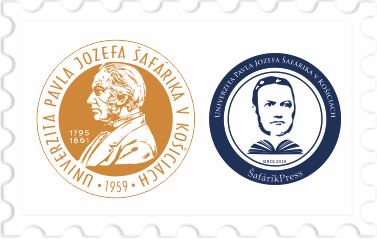Žiadne produkty
Produkt bol úspešne pridaný do vášho košíka
0 ks tovaru Vo vašom košíku je 1 produkt.
City Symphonies: The Urban Culture of Expressionist Cinema in 1920s Berlin
DOI: https://doi.org/10.33542/MAD2019-2-04
Autor: Taher Abdel - Ghani
Rok vydania: 2019
Vydavateľ: Univerzita Pavla Jozefa Šafárika v Košiciach, Filozofická fakulta
Dostupné od: 16.1.2020
URL článku: https://www.upjs.sk/public/media/22368/MaD_2019_2_Abdel-Ghani.pdf
Abstrakt:
The Golden Twenties was known to be a period of vibrancy for Berlin which had then became the third largest municipality in the world. Berlin led a sophisticated culture in film, literature, painting, architecture and science. Yet, despite such pros, there emerged a reputation for decadence, for example prostitution and homosexual behaviour. German expressionism had a metaphorical symbolic relationship with the city and the built environment, as Germany began to regain its physical, social and economic structure after the First World War. Its fragmented urban, architectural and spatial character has been depicted as dream-like, chaotic and negatively disordered. On a parallel ideological level, the rapidly changing phenomenon of cities had great influence on artists, poets, writers and filmmakers who found metropolitan street life to be the stage of the magic and chaotic energy then known as city films. This paper highlights the vivid forms of the expressionist city – Berlin’s roaring twenties – arising from the alchemy between dark representations and the urban experience. Through a tripartite coalition between Heinrich De Fries’s mimesis theory, Michel De Certeau’s flâneur and Karl Grune’s 1923 expressionist city film Die Straße (The Street), the paper explores the cinematic representation of a once-divided metropolitan cit
Kľúčové slová: Urban Culture, Expressionist Cinematic City, Berlin, 1920s.
Názov časopisu: ISSN: Ročník: Ćíslo: | Mesto a dejiny 1339-0163 8/2019 2 |
